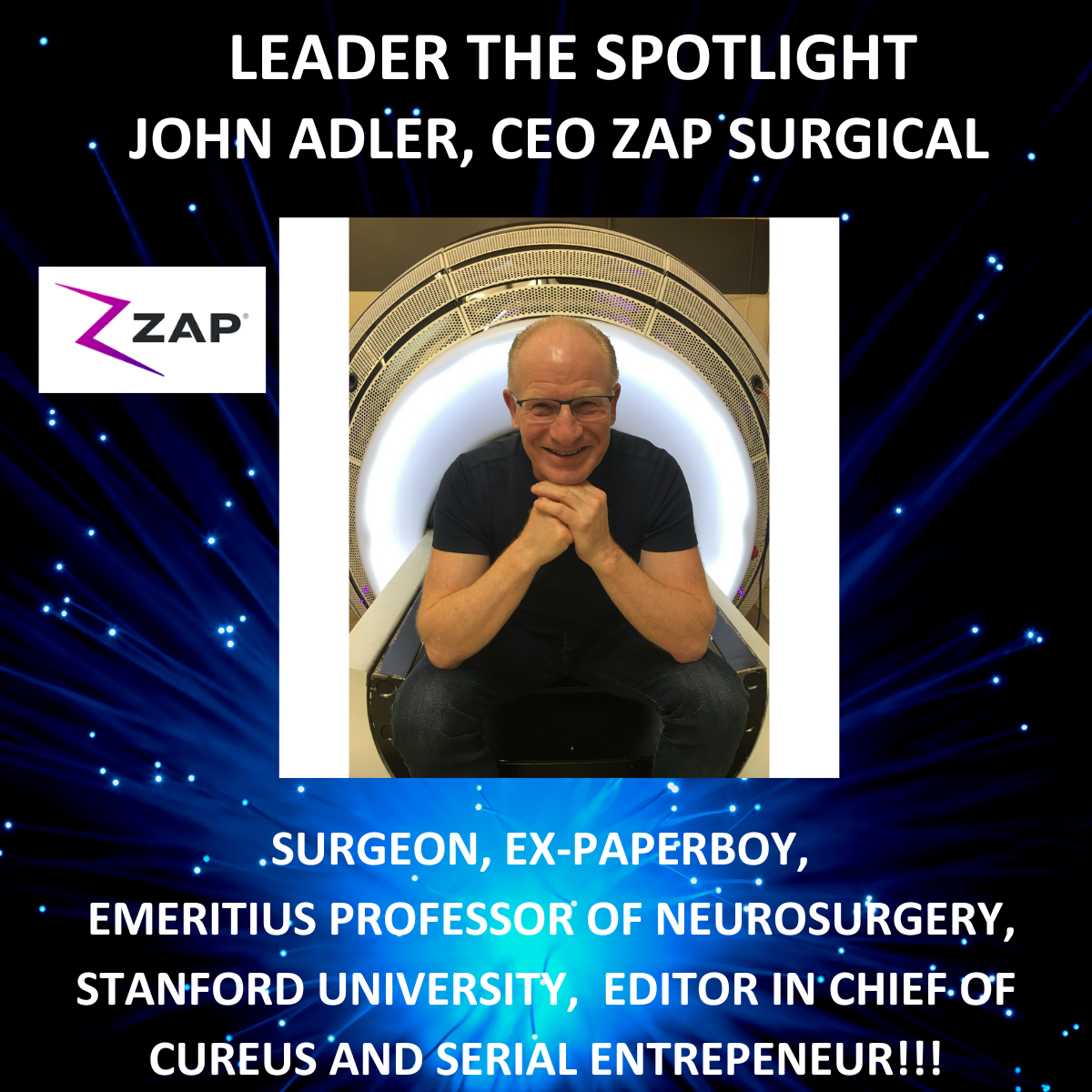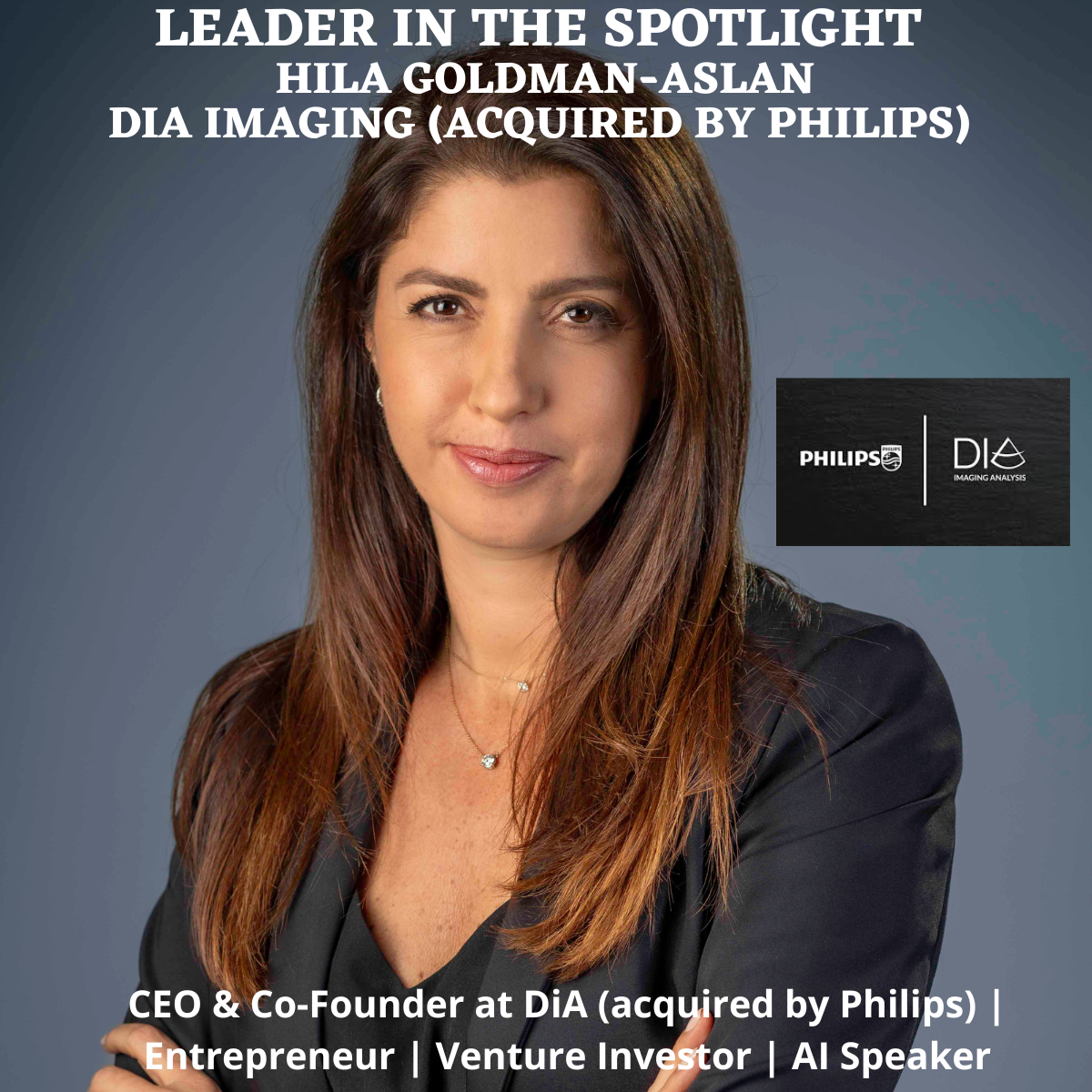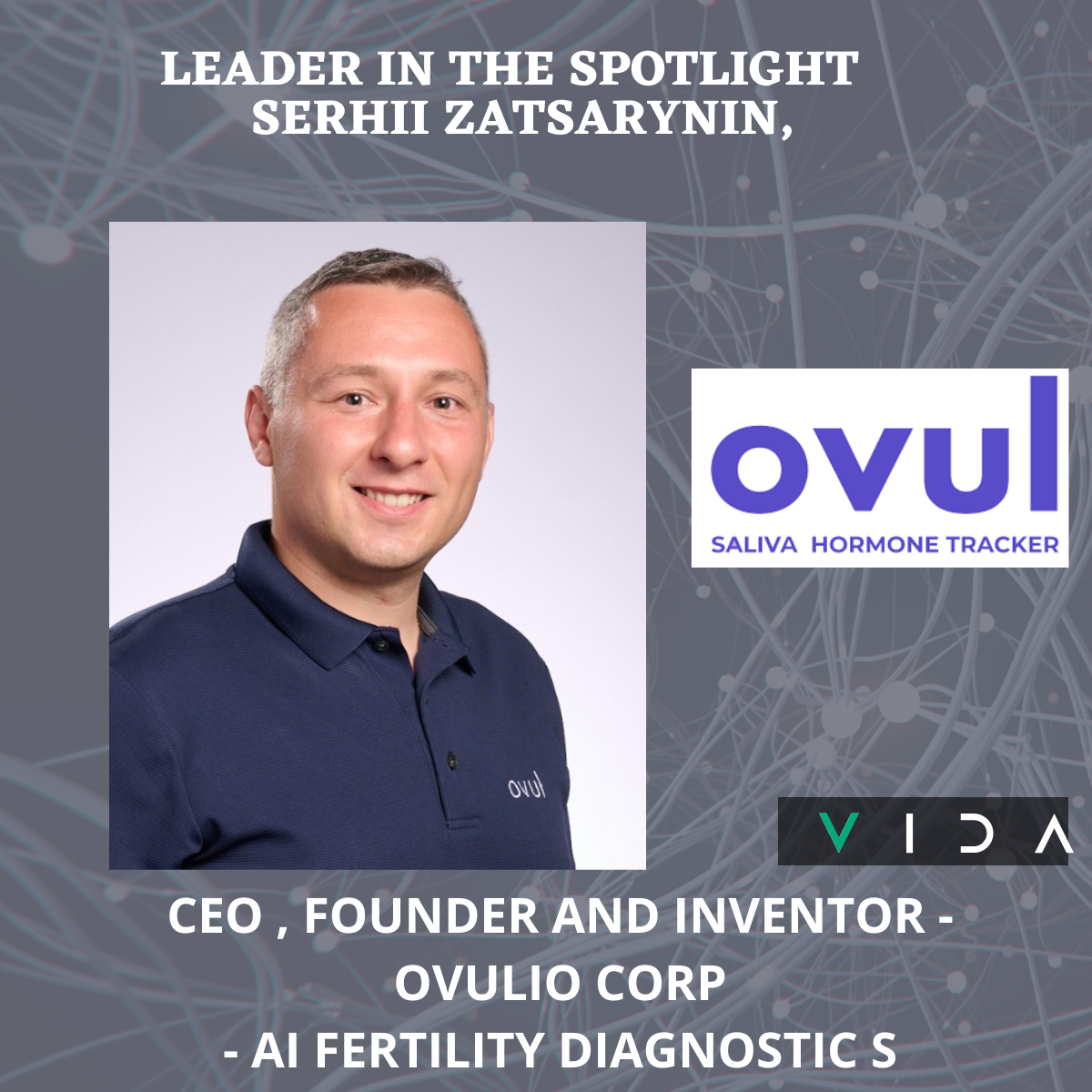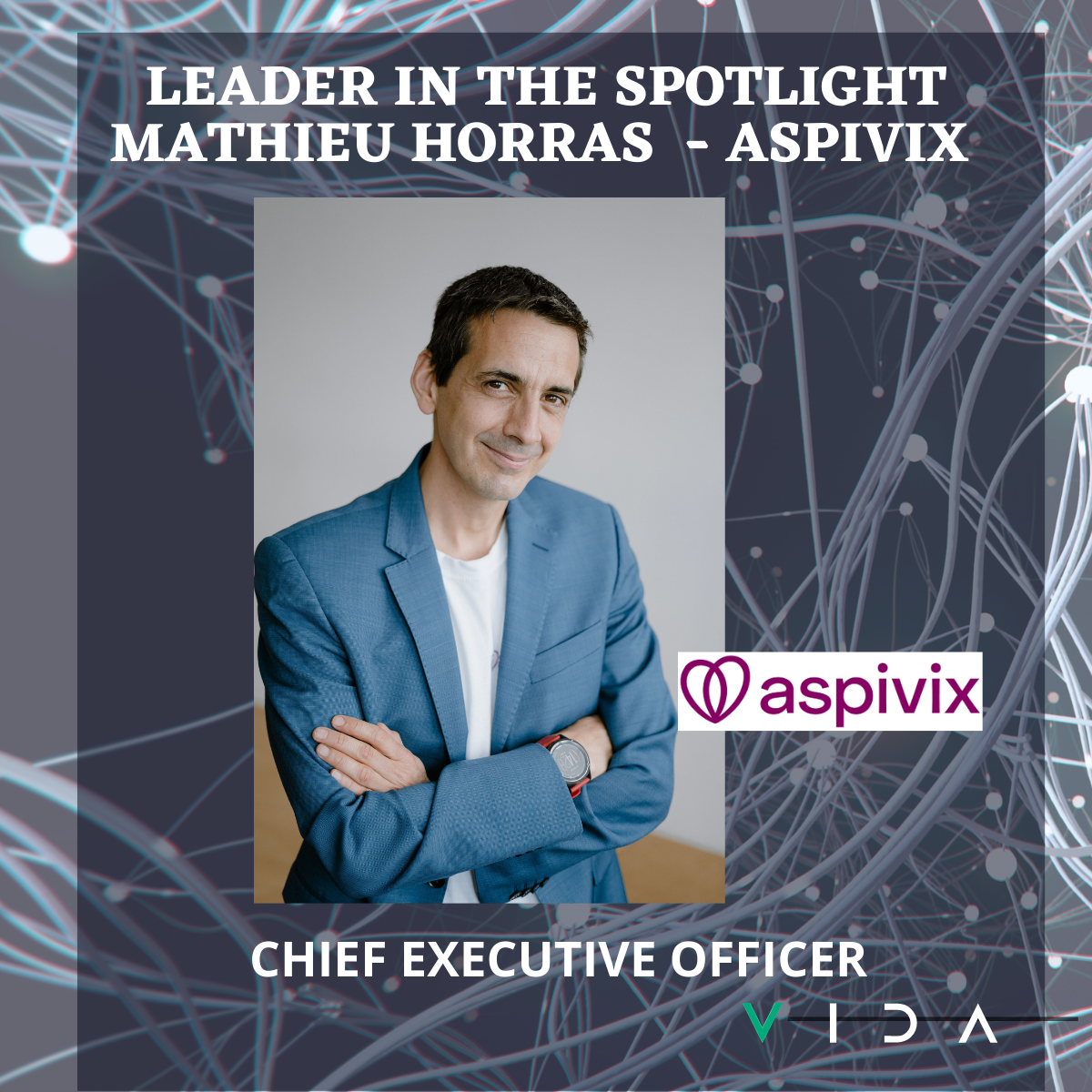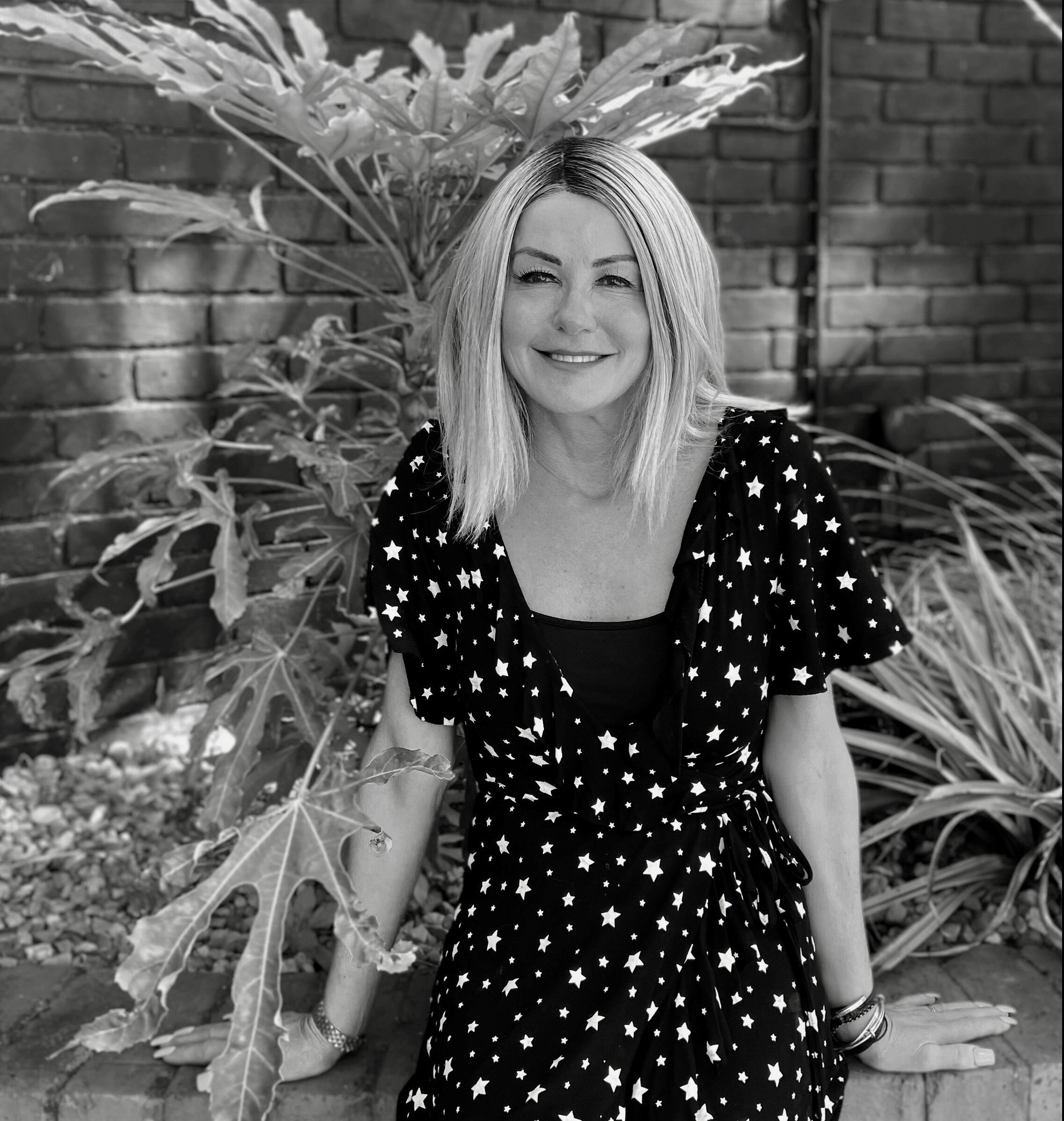
POSTED BY
Liz Moyles
It was a real delight to speak with Sophie and to have the opportunity to learn more about Healshape and Sophie herself. Sophie has a remarkably interesting background, and her initial roles couldn’t be much further removed from the Medical World but as we will learn there is a common thread to how her career has evolved.
Sophie is super energetic, and amazingly manages to balance the demanding role as CEO of Healshape with being a Board Member at France Biotech where the experience she has acquired over the years is invaluable in helping budding entrepreneurs in healthcare to navigate the journey from concept to reality. France is one of the most active centres for MedTech , Medical Devices, Biotech and just general entrepreneurship . They have a wonderful community of individuals who are super supportive of each other, champion each other and I applaud them for this wonderful sense of camaraderie ! Bravo et Vive La France MedTech!
Here’s what we discussed.
-
Sophie, tell me, was Medical Devices your first passion …. was this something you dreamed of or did you just suddenly find yourself in this world by chance?
Not at all. I don’t think Medical Devices, or anything Medical even crossed my mind when I was a student. When I was younger, my objective was to work for education or economic development. I was naturally curious, I felt there was so much to learn and I was so interested by the many different topics I didn’t want to narrow my options by specialising. I therefore chose to go for 2 years of Preparatory Classes at HEC, a famous French School of Management. During that time , I also went travelling and worked whilst I was travelling I decided I would take the chance to work for a number of NGOs.During my studies I did an internship at a company called Sanofi. It seemed interesting, different to anything I had ever considered but it was about making an impact on world health via drugs and vaccines and that aroused my interest.
Medical Devices came later for me. When I reflect, it was a wonderful journey of discovery from Pharmaceuticals to Medical Devices and I continued to find other equally amazing technologies and products in the healthcare world all with such tremendous potential to make a fundamental difference to the health and wellbeing of mankind.
-
That is such a lovely story Sophie and I can hear the sheer delight in your words. So, what was the reality of working in an NGO - what did you learn from it?
Those experiences were very intense and I learnt a lot. I was deeply moved by the situations I encountered; we were allowed to develop educational activities for children living in a Philippine jail and organized activities with them; we helped people from Ivory Coast who wanted to launch their small business and we taught how to start a company; we taught English to children in Thailand. I lived wonderful experiences, sometimes very tough but so much rewarding!
- So, you undertook an internship at Sanofi as a Junior Manager in Mergers & Acquisitions. That’s a little bit different to being an NGO! How did you find the transition?
As I said, I was driven by curiosity and a willingness to learn about so many things. I wanted to learn a lot and to manage projects. During my internships, I worked at Sanofi in Mergers & Acquisitions………..yup, that is pretty far away from my initial desire to work for NGOs. However, I also realised that I might have a better ability to make more of an impact on the world and the things I cared about , by getting experience from international groups. ; by being deep in the economic world, by better understanding it and how it worked and could be shaped . I suddenly found myself suddenly in a job managing major projects that actually fulfilled my interest in being involved in making a difference. I relished the diversity and extent of topics I had to manage.I finally got my first permanent contract in the Mergers & Acquisitions team of Sanofi where I spent seven thrilling years working on both strategic and operational issues, leading teams with a wide range of skills, and with a degree of urgency and importance that was all the more satisfying for me. I thought it was a perfect way to learn a lot.
-
How did the move from the Pharmaceutical to the Vaccines Division arise ?
I learned about Sanofi’s Vaccine Division, called Sanofi Pasteur, which had its headquarters in Lyon. I was super happy when I was offered a job, still in Business Development, in charge of Worldwide Partnerships. We were working with local vaccine producers to access local markets by transferring manufacturing steps. These projects were long term projects, building relationships with our partners and still working on both strategic and operational topics with a multidisciplinary team.After 12 years in Business Development, I was appointed to head up Vaccine Export to Third-Party customers (like Ministries of Health, Distributors, NGOs) and subsidiaries worldwide. My team was responsible for everything from order taking to in-country delivery. I managed more than 50 people, with a Mandate to create a powerful vision and mission and to revamp the Division. It was a challenge because I implemented many changes in a short period of time working under a lot of pressure to improve Operations as we were as a Division, accountable for more than 1 Billion Euros of sales. But it was a very interesting experience working with many great people.
- €1 Billion Euros ! Wow that’s some accountability Sophie! So I know you chose to then step out of Corporate World and you moved into a Start Up as the CEO. How did that happen and did you feel any apprehension about leaving a well-paid job and living instead in the rollercoaster world of a start up?
I felt I’d had many exciting experiences at Sanofi and Sanofi Pasteur but that it was time for me to do something else. I wanted to put my energy to work for a cause close to my heart. I wanted to create my own company and that’s when I met with my future 5 Co-Founders. They had a patent for a very ambitious technology of Bioprinting. They were very skilled (in Tissue Engineering, 3D Printing, Product Development, Plastic Surgery) and they had reached a stage in their project where they now required a CEO.
I fell in love with this project and the team, we were very complementary and I thought we could do something great together. It was in 2019 , during COVID-19 . We founded Healshape in January 2020 after a few months working together.
- Tell me more about Healshape – where does the name come from and what makes it so special to you?
Good question! We exchanged many ideas amongst ourselves. We wanted an English name to give an international feel to our company. We quickly decided to have “SHAPE” as we are doing 3D Printing and added “HEAL” as it is in the service of health.
- Nice. I love learning the meaning, if any behind a name. It tells me so much. Thanks for that….Clever. So, what is your and your Co-Founders ultimate ambition for Healshape and what are you most proud about regarding your team, the technology, your company?
Our ultimate ambition for Healshape is to improve patient outcomes by harnessing a person’s own cells to regenerate natural tissue. Our first product is a 100% natural and resorbable breast bioprosthesis for women who have undergone a Mastectomy following breast cancer. It is a natural hydrogel scaffold made from biosourced materials, that is 3D printed and Bioresorbable. It allows in combination with Lipofilling (a common surgical procedure to transfer woman’s own fat) the regeneration of woman’s own tissue before being reabsorbed. It is therefore a transitory natural implant so that the woman can recover her own breast in a few months though simple surgery. It is a Medical Device Class 3.
First of all, I am very proud of the team – we are working together on a very innovative product, facing many challenges with the drive to be ‘always creating’. We need to make progress and overcome all the hurdles, pitfalls and milestones to bring this product to patients as quicky as possible in a safe way and we are all committed to this mission. I like the mix of professionalism, rigour and fun we have together and that works very well. The Roadmap is progressing as we all want and expect and we enjoy working together.
I'm proud that we're developing a product with a realistic path to market. Our bioprinting technology and know-how could allow us to develop ex vivo grafts with cellularised products. A great challenge for sure, but very risky and it has a long runway before being available to patients. I’m glad we could simplify our product to get this hydrogel scaffold which acts as a support for the regeneration of a woman’s cells once implanted. From a Regulatory point of view, we went from a drug status to a Medical Device Class 3, which is still a challenge but a bit more manageable.
And finally I’m proud that we have the belief and support of some exceptional people who are championing us through our journey of development: these people know who they are, the investors who believe in us, (we fundraised 6M€ in 2022), our experts, consultants and subcontractors, the patients, surgeons and people from the medical world with whom we work so closely.
- That is so humbling and I can hear the warmth and admiration you have for the company and everyone involved and for the women you want to help. I know it is still at an early-stage but what feedback are you getting from Surgeons / KOLs?
We were with some Surgeons a few weeks ago and it is always very instructive to have their feedback as they have a wide variety of experiences and practices.
In general, surgeons are expecting innovation for breast reconstruction as they mainly have 2 types of options to offer to their patients, but they also have patients with very different needs and clinical presentations. Currently , they can either recommend breast implants made of silicone which are quick to be implanted but synthetic and that need to be replaced after 10 years, with the associated risks of complications, or they can offer autologous solutions. The latter is done either through a flat procedure (the transfer of a woman’s vascularised tissue) or by lipofilling (the transfer of fat from one part of the body to another). These are definitely more “natural” but they require many surgeries and can leave scars which many women feel are ‘unsightly’.
Lipofilling is becoming increasingly important but is limited by the high rate of fat resorption (around 50% according to patients) and by the number of surgeries needed to get a satisfying result (it can take 4 to 6 stages of fat grafting, each separated by 3 months). It’s a long process!
As a result the KOLs, surgeons are very enthusiastic about our Bioprosthesis as it will optimize the lipofilling by offering a support for the fat transfer, providing immediate volume and a very natural feeling as a result of the hydrogel, and the fat cells viability which through its composition avoids the need to reiterate as many times.
- What do you enjoy about the being a Board Member at France BioTech?
I am a team player and I like activities that serve collective objectives. I like the actions led by France Biotech as an organization to promote innovation in healthtech born in France and want to contribute.
I’m therefore a Board Member and also a co-leader of the Medtech and Diagnostics Commission with David Caumartin, the great CEO of ReBrain. We organize regular meetings for the Commission members to share information and we host guest speakers. We also organize ad hoc working groups to support Health Innovative Entrepreneurs’ interests.
- Sophie, I love asking this………….what has been the most unexpected thing that has ever happened to you in work?
I was invited to the Elysée by the French President, Emmanuel Macron with French Tech Entrepreneurs as Healshape was selected from among 450 companies to be one of the 20 start-ups in the French Tech Health20 Programme. It was such a thrill to climb the steps of the Elysée Palace, which I had seen so many times on TV!
- Wow. I bet that was a really surreal moment. Reflecting on your very varied career, has there been a common theme anywhere?
There may be 2 common themes. First, I have always strived to do meaningful work, for instance when I worked for NGOs, when I built partnerships and helped local manufacturers to manufacture vaccines locally, and today as we are developing a 100% natural and resorbable breast reconstruction solution. Second, I have always worked on projects as I don’t like routine and I encountered very exciting projects, the main one being Healshape’s project!
- What advice would you give to someone who's doing a pitch for funding for the first time?
Speak from your heart and with passion! That’s the most important as alignment is key for the consistency of your project and for people to believe in you.
- Finally, what do you love doing when you are not in work, perhaps to relax and what song would get you on the dance floor or singing on karaoke?
When I'm not working, I like to spend time with my husband and children, doing sport together or going for several days biking and camping for instance.
A music to sing or to bring me on the dance floor? Let’s go for “Think” by Aretha Franklin!
Great song Sophie and what a voice !!!!!!
Thanks, Sophie – I genuinely have loved hearing your story and I am sure many others will too. It has been such a truly fascinating and interesting route you have travelled with many twists and turns and now you have found your Happy Home again !!! I wish you and Healshape so much success and you will make such a difference to the lives of so very many women affected by breast cancer, myself included!
